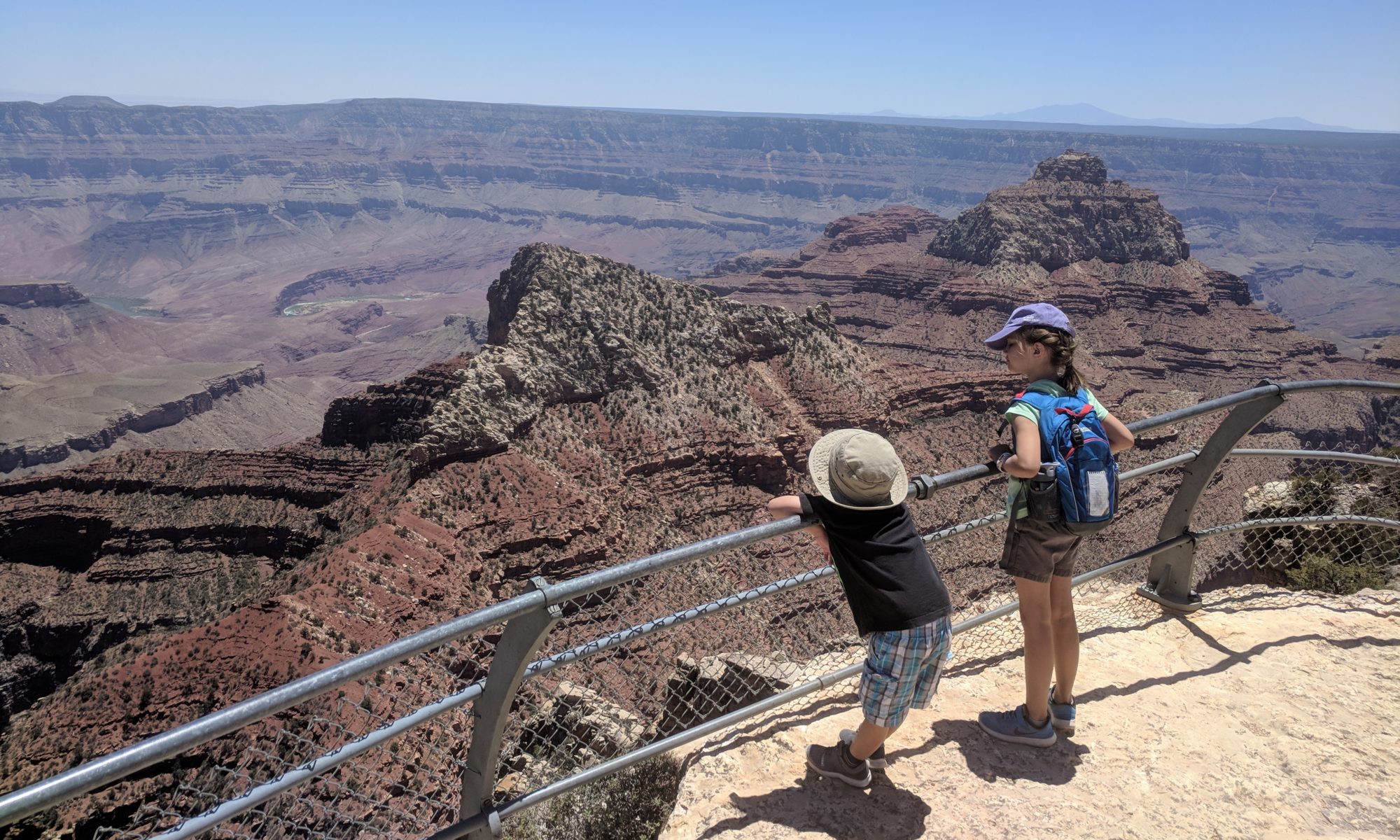
A few weeks ago, on a Thursday night, I was playing XCOM on my Windows box. Everything was running smoothly, no problems. On Friday, I got home and turned on the computer to listen to some music and, for some odd reason, the hard drive wasn’t detected. As in, the hard drive containing the Windows OS wasn’t even there, so far as the system was concerned.
Thankfully, I only stored Windows and some replaceable programs on the drive that failed (an SSD), and my pictures, music, and videos were all stored on a separate hard drive (a traditional HDD). Typically when one uses an SSD (or “solid state drive”), you only run programs on it as they can take advantage of the speeds afforded by SSD technology, while slower traditional hard drives (“HDD”) are just fine for other stuff. So really, all I lost in the drive failure were a few programs (that I could re-install) and some game save files (or so I thought…).
Also, thankfully, the drive was still under warranty. I’ve had it for less than a year, so I contacted the manufacturer, sent the drive in (last Tuesday) and got the replacement (last Saturday), which is a pretty quick turn-around. On Saturday, I spent my time re-installing the drive and getting some of those programs back on, but this time, I installed Windows 8 rather than Windows 7 (hey, if I’ve got to re-install everything, I may as well try out the new hottness, right?). Microsoft is trying to get everyone to upgrade, so they’ve had it on sale for $40, which is a pretty good deal compared with the regular price of $120 (which Win8 will return to after January 31st). I may write more about Windows 8 later but, for now, it’s “alright.” My mind isn’t blown. If you’ve got Windows 7, you’re fine sticking with 7, but 8 isn’t horrible (and it boots really fast).
I mentioned that I lost a few game save files, and this was the worst part of the experience. I’d put about 9 hours of time into XCOM since picking it up months ago, so I wasn’t looking forward to having to repeat the lost time. Also thankfully, the program I use to manage the game (Steam) backed the save files up to “the cloud,” meaning that once I re-installed the program, my save files were also re-downloaded and restored.
In the end, I lost nothing except for a week of using my Windows-based computer. All in all, not a bad deal. And we had the Linux box (that this site runs on…) to use in the meantime.
As a side-note, having no Windows PC to use, and thus, no computer to run iTunes, I couldn’t update my iPod for listening to podcasts during that week. Instead, I relied upon my cell phone (an HTC One X) for downloading new podcasts and music. To be honest, I kinda don’t want to go back to the iPod. I’ve gotten used to downloading podcasts and music immediately from work (or wherever), rather than waiting to go home, turn on the Windows PC, download the podcast or music to the computer, then transfer it to the iPod: it’s much easier to just do it directly.
Unfortunately, I don’t have a way to use my phone in my car, except for relying on the phone’s speakers (which aren’t really loud enough).
Oh well.

